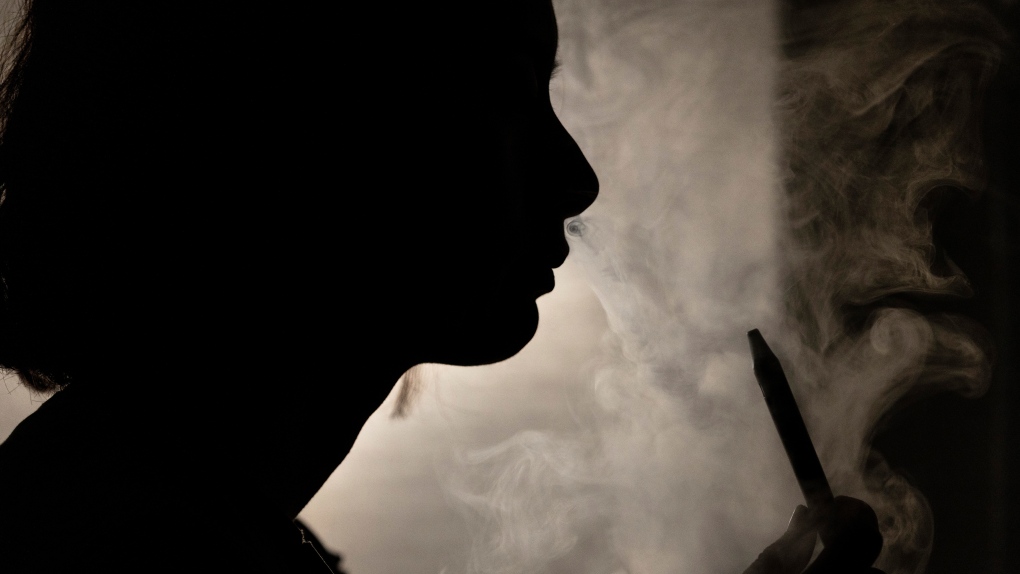Jan. 21 to 27 marks National Non-Smoking Week in Canada(opens in a new tab).
Held by the Canadian Cancer Society each year since 1977, the week is meant to raise awareness and educate Canadians on the risks and negative effects associated with smoking. Forty-six thousand Canadians die each year as a result of tobacco use.
In recent years the week has shifted its major focus from the effects of regular cigarettes to that of vaping products, which have become increasingly popular among youths.
“A lot, a lot, pretty much most of my friends,” said high school student Jenna White when asked how many of her friends vape regularly. “It’s just like the nicotine and the flavour of the juice is good.”
RELATED STORIES
- New Brunswick judge denies motion to lift ban on sale of flavoured e-cigarettes
- Quebec joins Maritimes in vape ban, but experts unsure about its effectiveness
- UNB goes completely smoke-free, marking over 100 Canadian post-secondary institutions who’ve made the move
“Probably half my school,” claims student Jackson McNamara.
“Everyone I hang out with,” says fellow student Koby Beshara. “The flavours, and then the head rush, the head rush is nice, too.”
In 2022, the Canadian Tobacco and Nicotine Survey(opens in a new tab) found that 30 per cent of youth aged 15-to-19 have tried vaping, and nearly 50 per cent aged 20-to-24 have had a puff in their life. Only 15 per cent of people older than 25 have given it a try.
“We don’t know the long term health effects yet but there is growing evidence at this point in respect to respiratory effects and cardio vascular effects,” says Canadian Cancer Society senior policy analyst Rob Cunningham. “Youth who become users of e-cigarettes and become addicted to nicotine may switch to other tobacco products.”
Cunningham says the rise in the amount of youths vaping is concerning, especially given the fact people need to be 19 in most provinces to purchase any products. He is calling on all levels of government to implement more measures to ensure our younger generation is keeping themselves safe.
“We can have a minimum age of 21 for tobacco and e-cigarettes,” Cunningham says, noting Prince Edward Island has already done so. “All provinces can implement that to demonstrate a way to combat both youth smoking and youth vaping.”
Flavoured vape options are not available for purchase in any of the Maritime provinces, which NB Lung(opens in a new tab) president and CEO Melanie Langille says is a positive step in fighting the growing epidemic. She says the issue of youths vaping is particular high in New Brunswick.
“We are ahead of the curve in terms of the number of our youth that are vaping which is not a good place to be,” Langille says. “No current tobacco user wants to see their kids, their grandkids, lead a life that’s addicted to nicotine.”
The question many smokers find themselves asking is if vaping better for you than smoking a traditional cigarette.
Twenty-four per cent of Canadians who had used a vape in the last month believed it was much less harmful than cigarettes, while 28.5 per cent are under the impression it is only somewhat less harmful.





